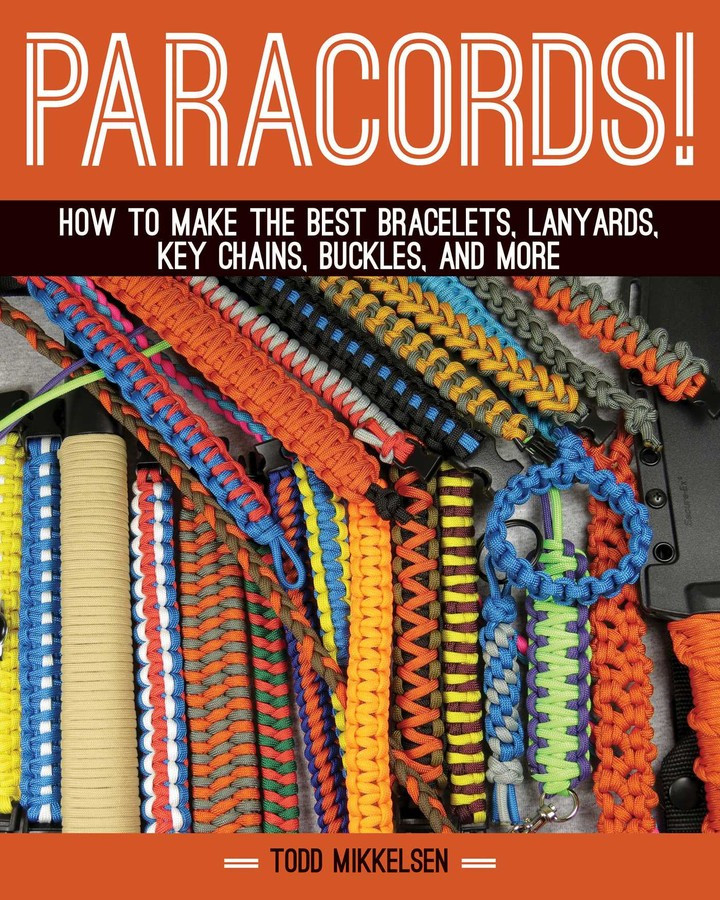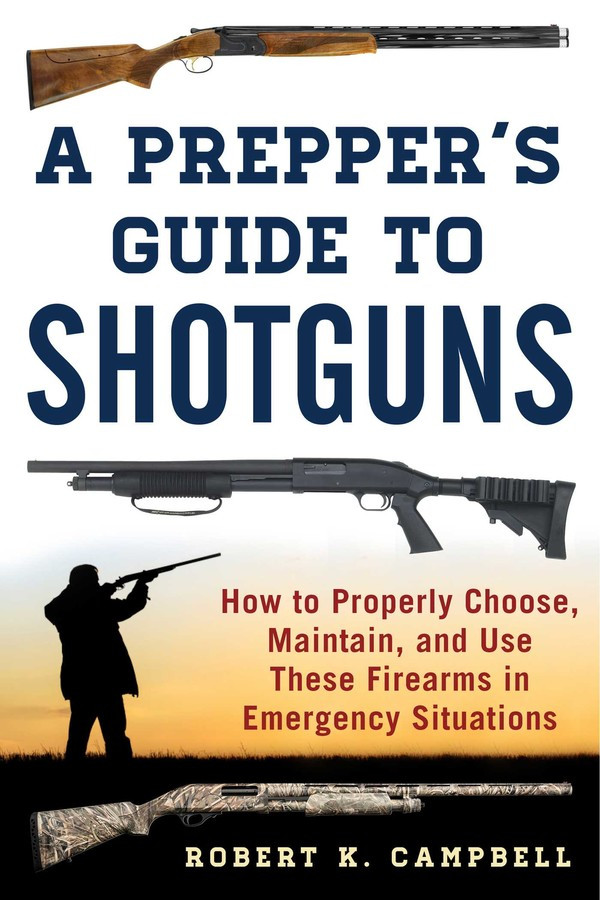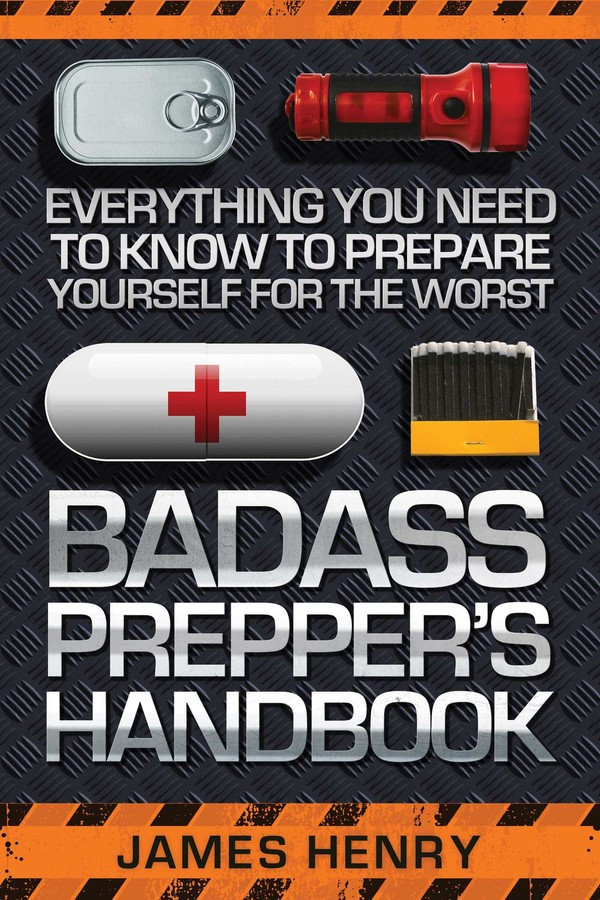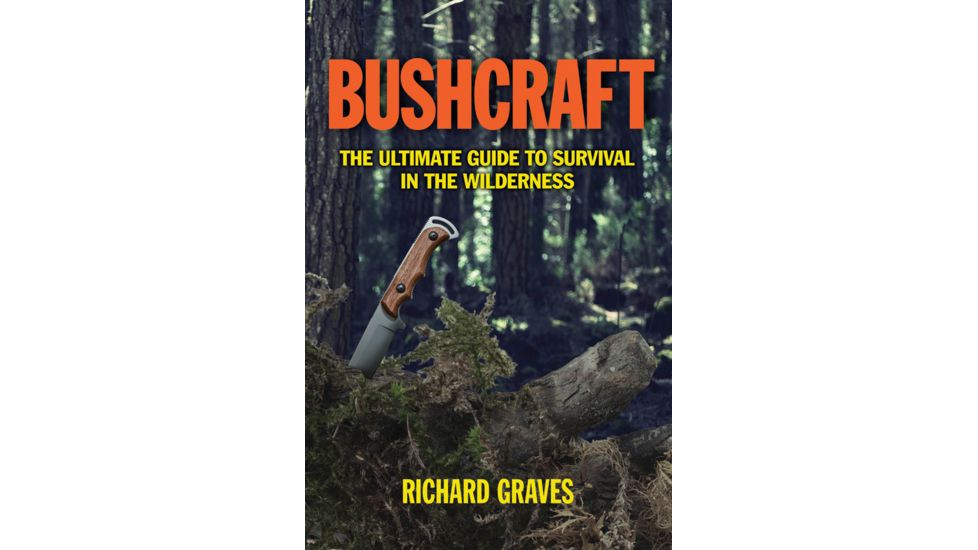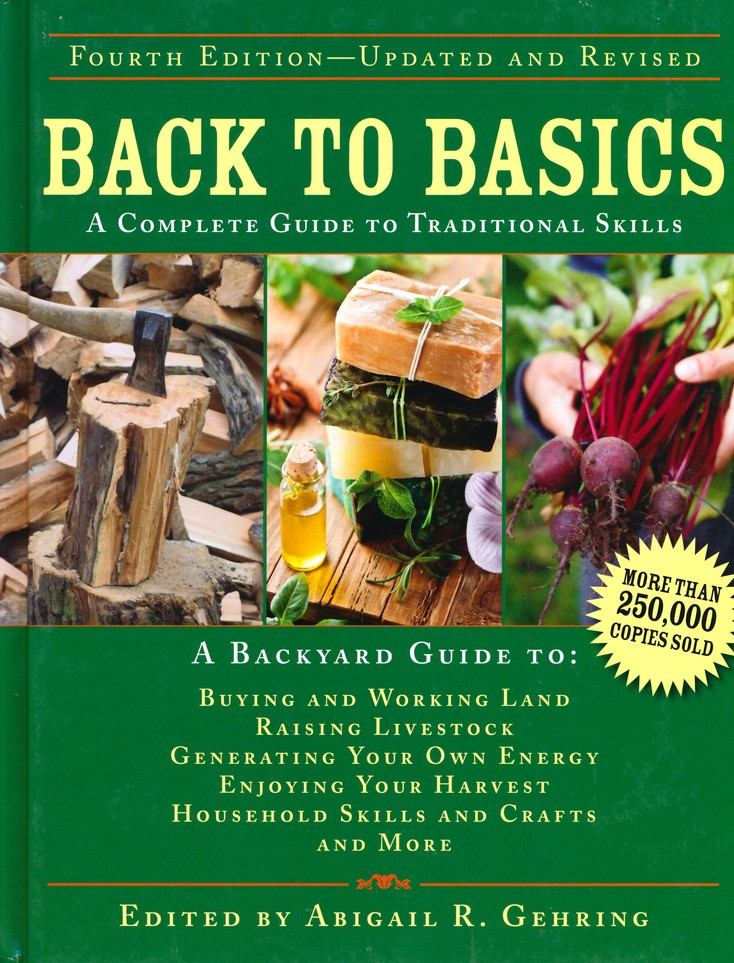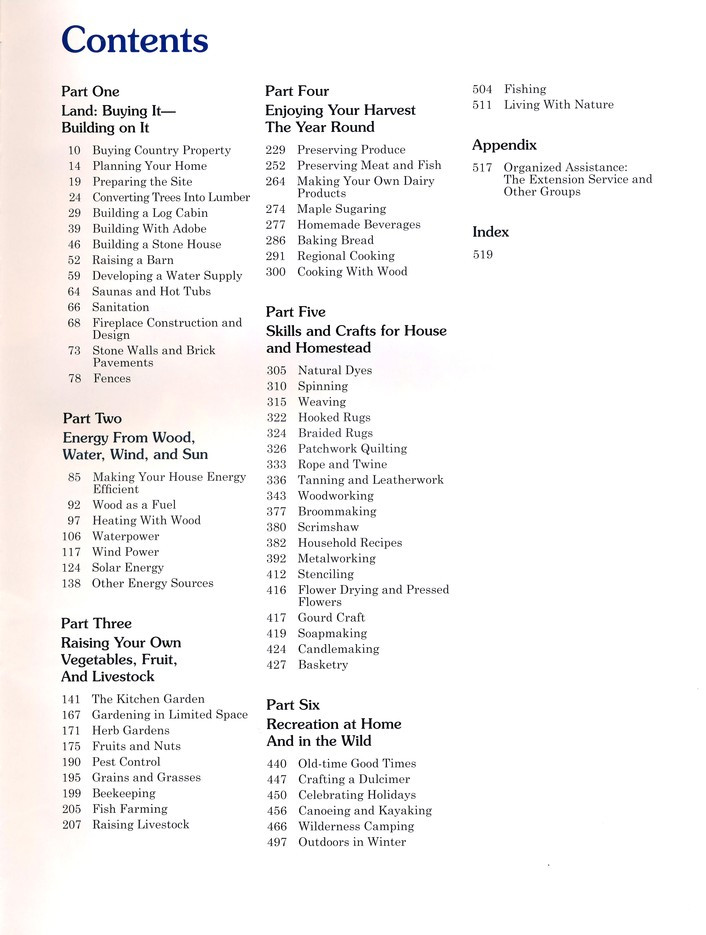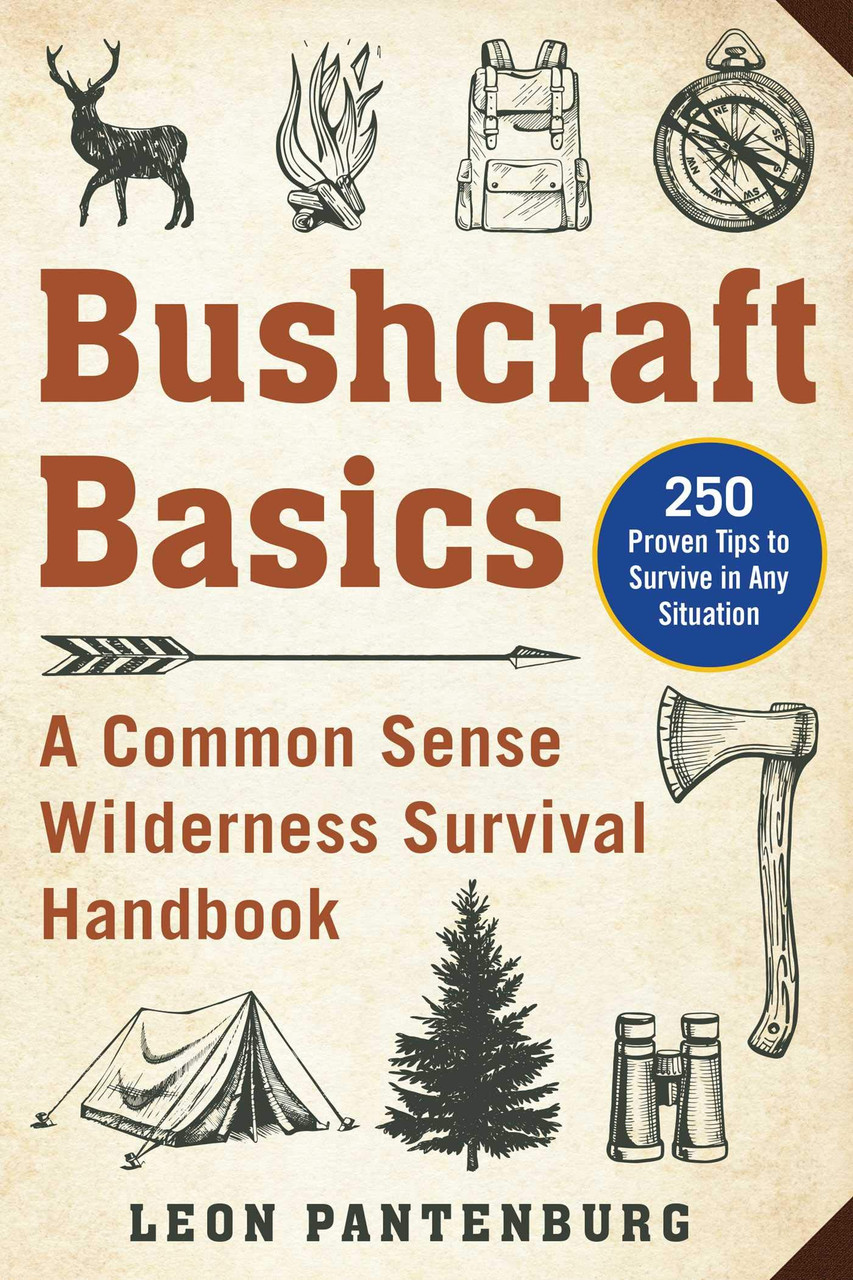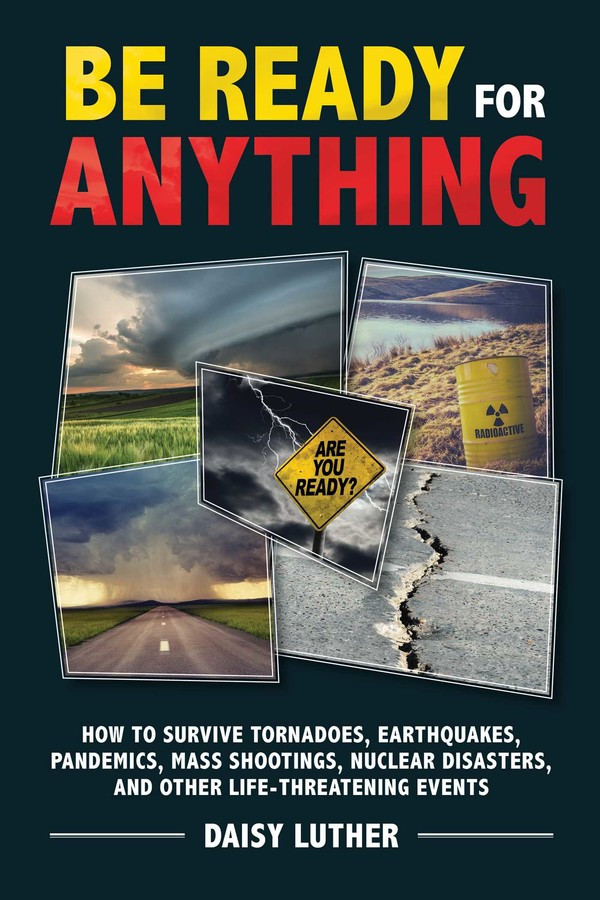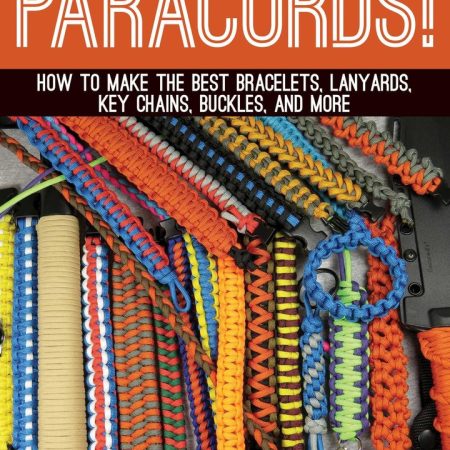| Content | In Paracord!, you'll find step-by-step instructions to take you through every project. Each step is accompanied by a color photo that clearly illustrates the process.
Todd Mikkelsen's Paracord! offers a diverse collection of projects that utilize parachute cords—known around the world as paracord. Used by paratroopers and other military personnel during World War II, this lightweight nylon rope is now one of the most sought-after materials by crafters. Its durability and flexibility make it perfect for creating everyday accessories such as belts, bracelets, buckles, necklaces, dog leashes and collars, key chains, and more. Projects include:
Two-Color Solomon Bar Bracelet
Shark Jaw Bone Bracelit
Locked Half Hitch Bracelet
West Country Whipping Inverted Bracelet
Genoese Quick Deploy Strap
Zipper Quick Deploy Sinnet
Three-VBord Braid Necklace with Breakaway Clasmps
ID Lanyard
And many more.
As you will see, this rope comes in various colors, from army green to hot pink, making it easy to personalize every type of project. Mikkelsen includes introductory chapters preparing your paracord for crafting, tying different types of knots, and caring for and cleaning your completed paracord projects.
| This is a full-color edition of the very first Boy Scouts Handbook, complete with the wonderful vintage advertisements that accompanied the original1911 edition, Over 40 million copies in print!
The original Boy Scouts Handbook standardized American scouting and emphasized the virtues and qualifications for scouting, delineating what the American Boy Scouts declared was needed to be a “well-developed, well-informed boy.” The book includes information on:
- The organization of scouting
- Signs and signaling
- Camping
- Scouting games
- Description of scouting honors.
Scouts past and present will be fascinated to see how scouting has changed, as well as what has stayed the same over the years.
| In the chaos of a survival situation, firearms will be important tools for protecting yourself, your family, and your supplies as well as for hunting animals for food. In A Prepper’s Guide to Shotguns, Robert K. Campbell discusses the best shotguns to have with you in any confrontation—including the end of the world as we know it. Shotguns that are easy to carry and lightweight and that shoot accurately and reliably at close ranges are ideal candidates for personal protection. In A Prepper’s Guide to Shotguns, Campbell explores specific shotguns that are appropriate for urban, rural, and suburban environments, with tips on how to use them in each context. Whether at home or in a survival scenario, these shotguns are the best for defense. A Prepper’s Guide to Shotguns not only reviews the specific features of defensive shotguns but how to use them—whether on the move, in a defensive situation, while retreating, or in other circumstances. Campbell also offers expert tips on how to improve your marksmanship, how to maintain your firearms, crucial gun safety rules, what ammo and optics to purchase, and more. | Disaster can strike at any time with no warning. Most people aren’t forward-thinking enough to prepare for the worst, and others simply don’t have the skills needed to successfully prepare. That’s where Badass Preppers Handbook comes in. Covering a wide variety of disaster scenarios with detailed instructions for what you need to do in each one, this book will help you to be ready for anything in no time at all. Learn such things as:
How to fortify your home
How to preserve and store food and water for years
What should go in your bug-out” bag
How to cook off the grid
What firearms and ammo will best help you survive the apocalypse
And more!
With this ultimate guide in disaster survival, you’ll be ready to protect yourself, your family, your neighbors, and your pets, no matter what the disaster is.
| Many have died in the Australian bush who might have lived had they known the appropriate survival skills. Bushcraft covers all areas of survival and camping activities: making ropes and cords, building huts, camp craft, finding food and water, making maps, starting fires, tying knots, and fashioning hunting and trapping gear virtually every technique required to stay alive in the woods. With over 400 black-and-white illustrations and photographs, this book explains how to make use of natural materials found locally in any area, conserving instead of destroying native Flora and fauna. It describes many of the skills used by primitive man, adding to these the skills necessary for modern man's survival, such as methods for determining time and direction. By developing adaptability and honing the five senses, it will also improve your self-esteem and your ability to overcome difficulties in everyday tasks. Bushcraft is a clear, accurate, and reliable resource for anyone who wishes to face nature on its own terms with just a knife and this book. | Illustrated with full-color photographs accompanying easy-to-follow instructions, this unique collection utilizes the best that the online community has to offer, a mammoth database churning out ideas to make life better, easier, and, in this case, greener.
Here are fun, useful projects designed to get you thinking creatively about going green. Let the Instructables team illustrate just how simple it can be to make your own backyard chicken coop or turn a wine barrel into a rainwater collector.
Here, you will learn to:
- Clip a chicken’s wings
- Power your lawn mower with solar power
- Create a chicken tractor for the city
- Water your garden with solar power
- Build a thermoelectric lamp
- Create an algae bioreactor from water bottles
- And much more!
Get started today—making your life greener. Get off the grid!
|
